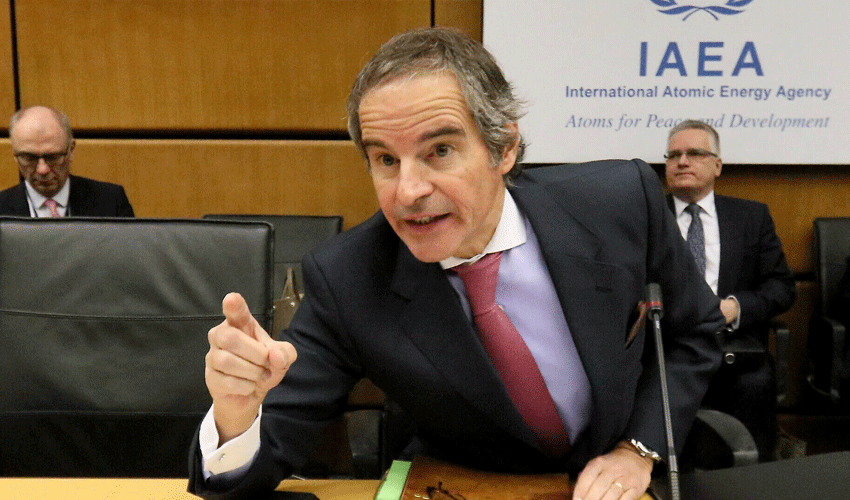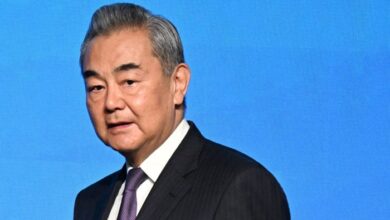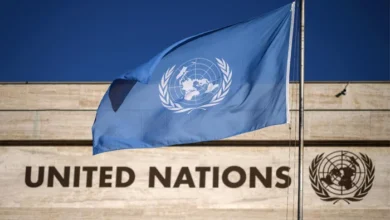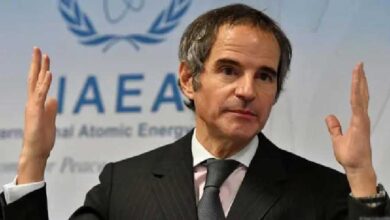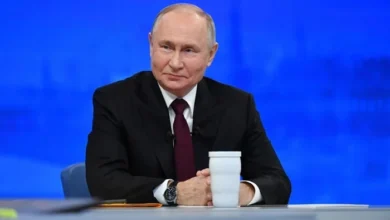South Korea celebrated its entry into the “elite group of fighter jet producers” this month, unveiling its domestically-developed KF-21 Boramae in a blaze of lights and pop music and a glowing endorsement from President Moon Jae-in.
Moon lauded the technology, economic benefits, military capabilities, and national prestige the development of the plane represented, a perspective largely shared in most reporting of the multibillion-dollar project to develop a multi-role fighter jet.
Lost in the fanfare was any criticism of an arms industry known for runaway budgets and a weapons trade contributing to destabilising regions or states in conflict. Questions also surround the contribution a regional arms race may have on South Korea’s national security.
South Korea decided to develop its own advanced fighter jet more than 20 years ago under former president Kim Dae-jung, who won the Nobel Peace Prize for his so-called Sunshine Policy that aimed to ease tensions with the North.
After several feasibility studies and the wrangling of technology transfers from the United States, development began, in earnest, in 2016. At the April 9 unveiling, President Moon proudly detailed much of the tech featured on the new plane, the “Fighting Hawk”, currently a prototype.
“It’s ‘AESA radar’ and ‘Infrared Search and Track System’ can quickly detect enemy aircraft and missiles. Its ‘Electro Optical Targeting Pod’ can precisely zero in on ground targets,” Moon told the dignitaries assembled in Sacheon in the country’s southeast.
He explicitly linked the development of the fighter to national prestige.
“Today, we have achieved the dream of our forebears, ‘Let us protect our skies with our own hands.’ It is truly overwhelming,” said President Moon.
‘Crown jewel’
Once it goes into production in around 2026 – after six prototypes conduct more than 2,000 test flights – the fighter will be a replacement for the country’s ageing fleet of F-4s and F-5s to work alongside the incoming 5th generation F-35s, and its existing fleet of F-15s and F-16s.
“These kinds of weapons and advanced combat aircraft are presented with a great deal of show … claims about their capabilities, and a clear narrative of ‘look this is really high-tech, this is really important technology,’” Pieter Wezeman of the Stockholm International Peace Research Institute’s (SIPRI), told Al Jazeera.
“It’s creating the image of this kind of being the crown jewel,” added Wezeman, who is Senior Researcher of arms and military expenditures.
Moon also touted the economic benefits of the project.

